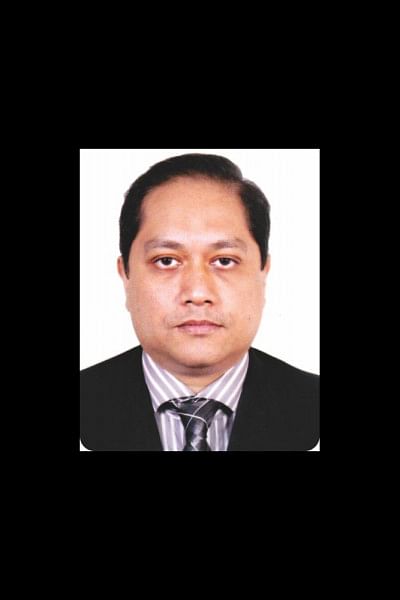Technological innovation needed to sustain the industry

MR. Sufyani starts the conversation saying that the cement industry is looking at the boom in infrastructure sector as an opportunity. The installed capacity of the local cement industry has increased manifold. There's still a lot of work to be done in infrastructure in Bangladesh, there's a need for enhancement to fill up this requirement and many new groups are joining in. He projects that in the next 15 years there will be considerable growth in the cement industry after which the growth curve will reach a plateau and the industry players are preparing themselves for it.
He claims that Seven Circle Cement's capacity is now 3.5 million tonnes and the company aspires to increase this by 2.5 million tonnes by 2018. In addition to Dhaka, they are targeting places outside of the capital, like Khulna and Chittagong, where infrastructural development is taking place. Megaprojects constitute about 40-45 percent of total consumption of cement and the rest is focused on the mass people. Middle class purchasing power is increasing. People in rural areas are building concrete houses and business activities are growing amidst all this rural development.
Seven Circle is exporting to India's Seven Sister States but is facing hurdles due to duties and dollar rate fluctuation. However, India is investing heavily in rail and road infrastructure and soon they will be able to get their hands on cement much more easily, making the Indian market less appealing for Bangladesh. Because of unfavourable freight prices and other factors, Bangladesh cannot be competitive in terms of exporting cement. Mr. Sufyani claims that the government should open up the limestone depository in Joypurhat and let the cement industry excavate it which will bring in a lot of business.
Ball mill is the common, conventional method used by cement factories in the country but the industry is looking into other options, like the Vertical Roller Mill (VRM), to produce cement of finer quality. Mr. Sufyani thinks that with VRM it will be possible to significantly increase the existing production capacity. He says that it is important to ensure standard quality of raw materials and the correct ratio of ingredients in the production process to maintain an ethical standard. Ultimately, the aim is to give people the option of cheap prices and technological innovation plays a big role in this. But awareness among people is also needed so that they understand the importance of quality over price.
When asked about the quality, he claims his company does not compromise on quality as is evident because their cement has been used in many megaprojects such as the Jatrabari flyover, Banani flyover and Ashuganj power plant. The company has factories in and outside Dhaka. Mr. Sufyani claims that the company maintains environment-friendly practices in its factories such as the one in Kaliganj where there are 48 dust collectors. The factory in Khulna which is inside the City Corporation has roller press and dust collectors to reduce dust and e-cranes to contain noise pollution.
Mr. Sufyani says that whereas price of cement has been falling production cost for the industry as a whole is increasing. He says that the cement industry faces challenges in terms of acquiring its raw materials as the government has halted the production of light vessels. This has led to most companies having no choice but to wait in long queues of vessels. He suggests that the government should recognise the cement industry's contribution towards nation-building and allocate a separate queue for the cement industry vessels to alleviate its production costs so that it can remain competitive.

 For all latest news, follow The Daily Star's Google News channel.
For all latest news, follow The Daily Star's Google News channel. 



Comments